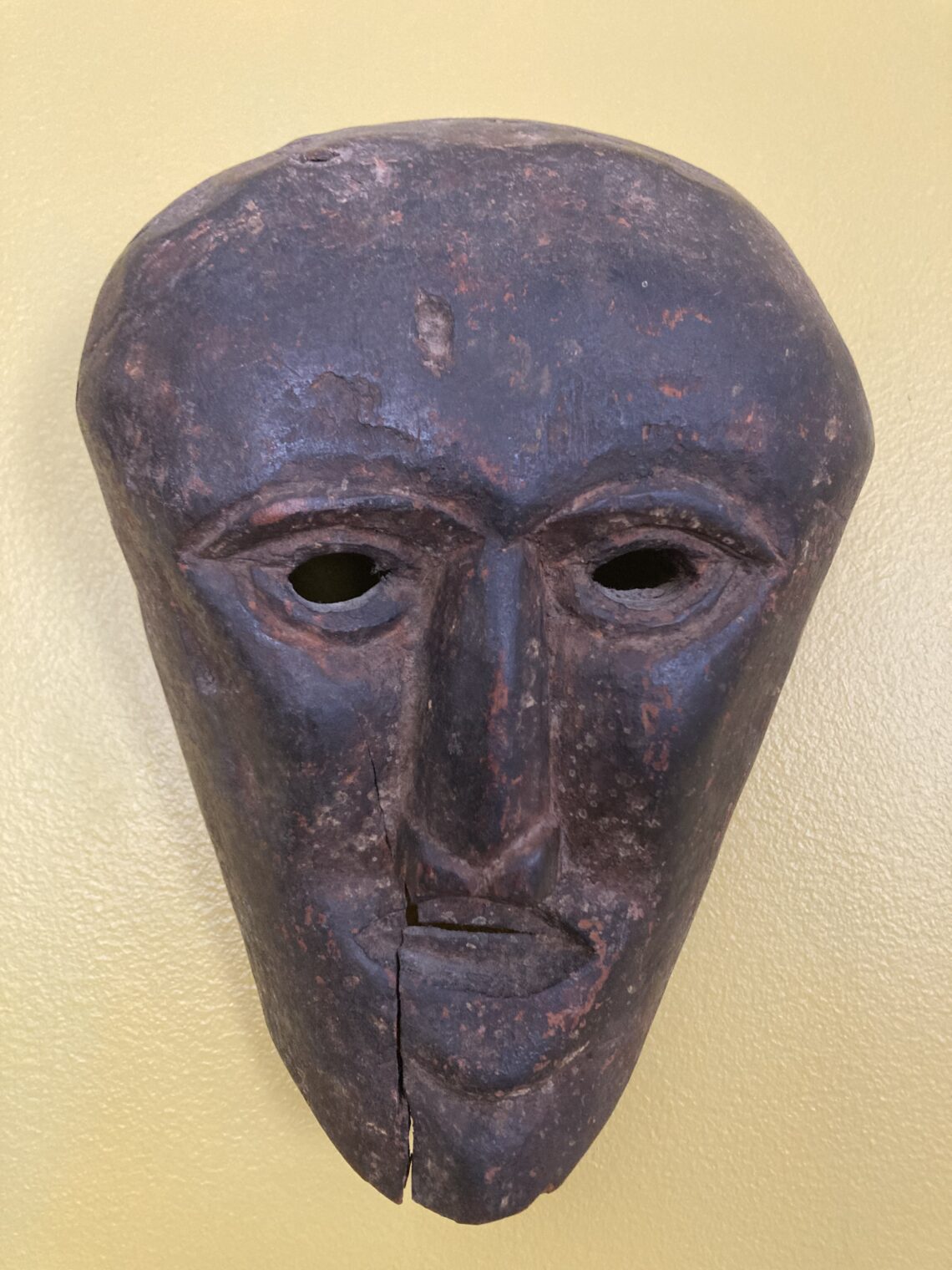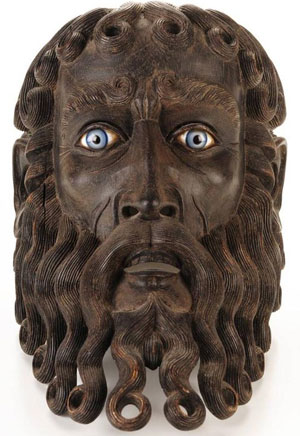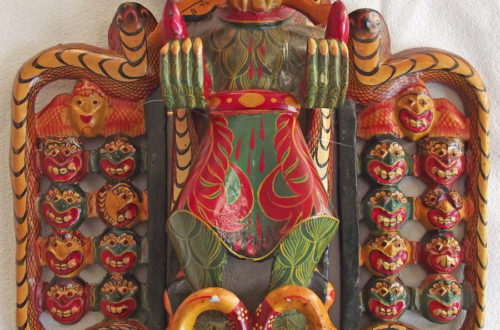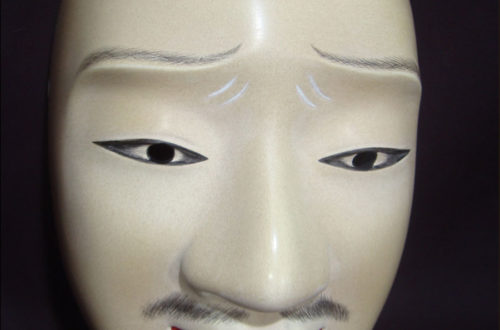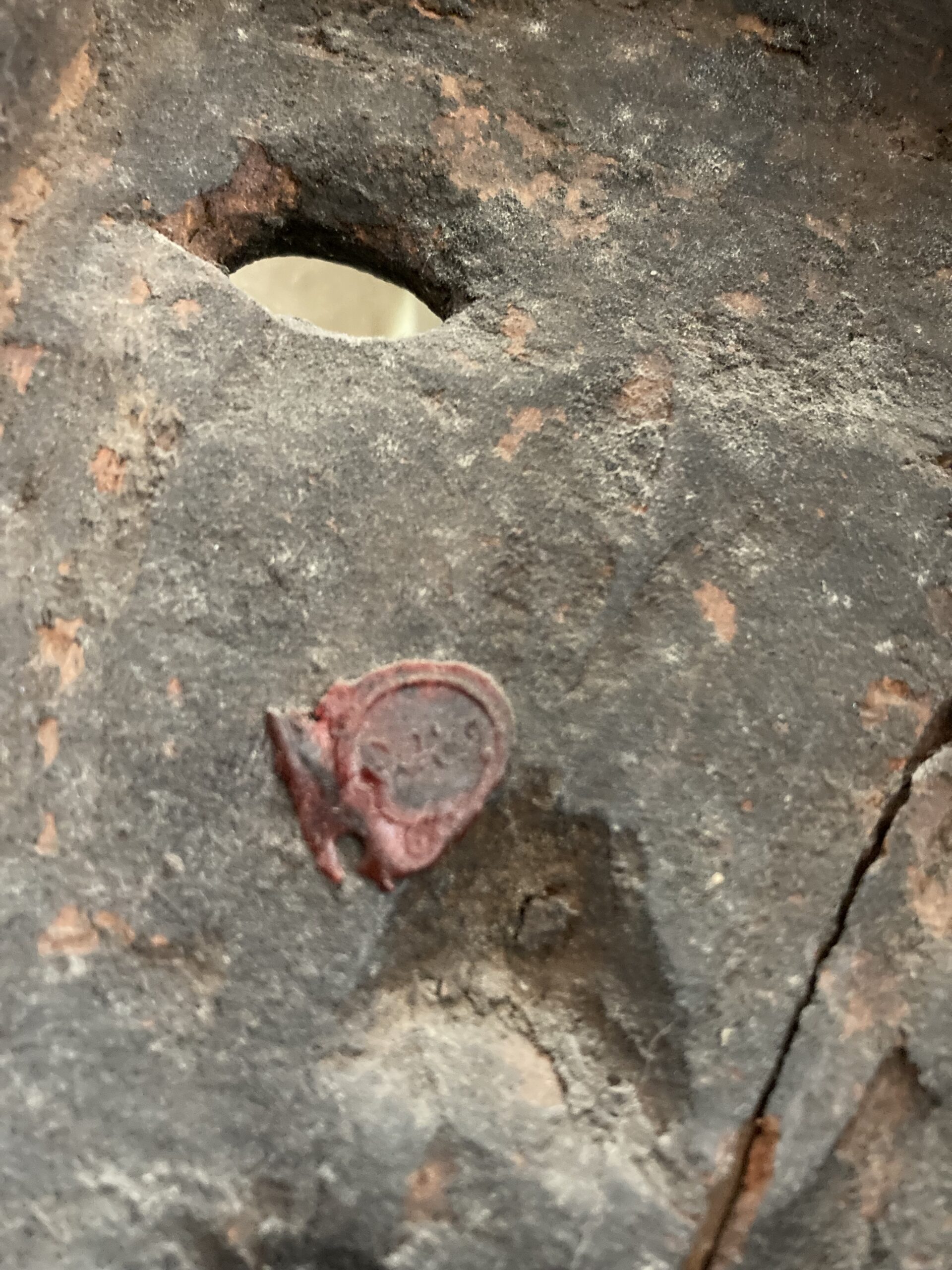 If you’ve ever acquired an authentic Nepalese mask, you may have noticed a small red wax seal affixed to the back. This seal is not just a random mark—it serves an important purpose in verifying the legal export of the mask from Nepal. But what does it really mean, and does it confirm the mask’s authenticity? Let’s take a closer look.
If you’ve ever acquired an authentic Nepalese mask, you may have noticed a small red wax seal affixed to the back. This seal is not just a random mark—it serves an important purpose in verifying the legal export of the mask from Nepal. But what does it really mean, and does it confirm the mask’s authenticity? Let’s take a closer look.
Export Approval & Tax Compliance – The red wax seal indicates that the mask has been legally inspected and cleared for export. This practice began in the mid-20th century when Nepalese customs started taxing folk art and ethnographic artifacts destined for sale to tourists and collectors. The seal ensured that items being taken out of the country met legal requirements and that duties were paid.
Collector’s or Dealer’s Mark – In the world of antique collecting, dealers or galleries may affix a wax seal to authenticate the piece’s provenance, ensuring that it comes from a reputable source. This helps collectors distinguish genuine artifacts from modern reproductions.
Not a Guarantee of Age or Authenticity – One common misconception is that the red wax seal verifies a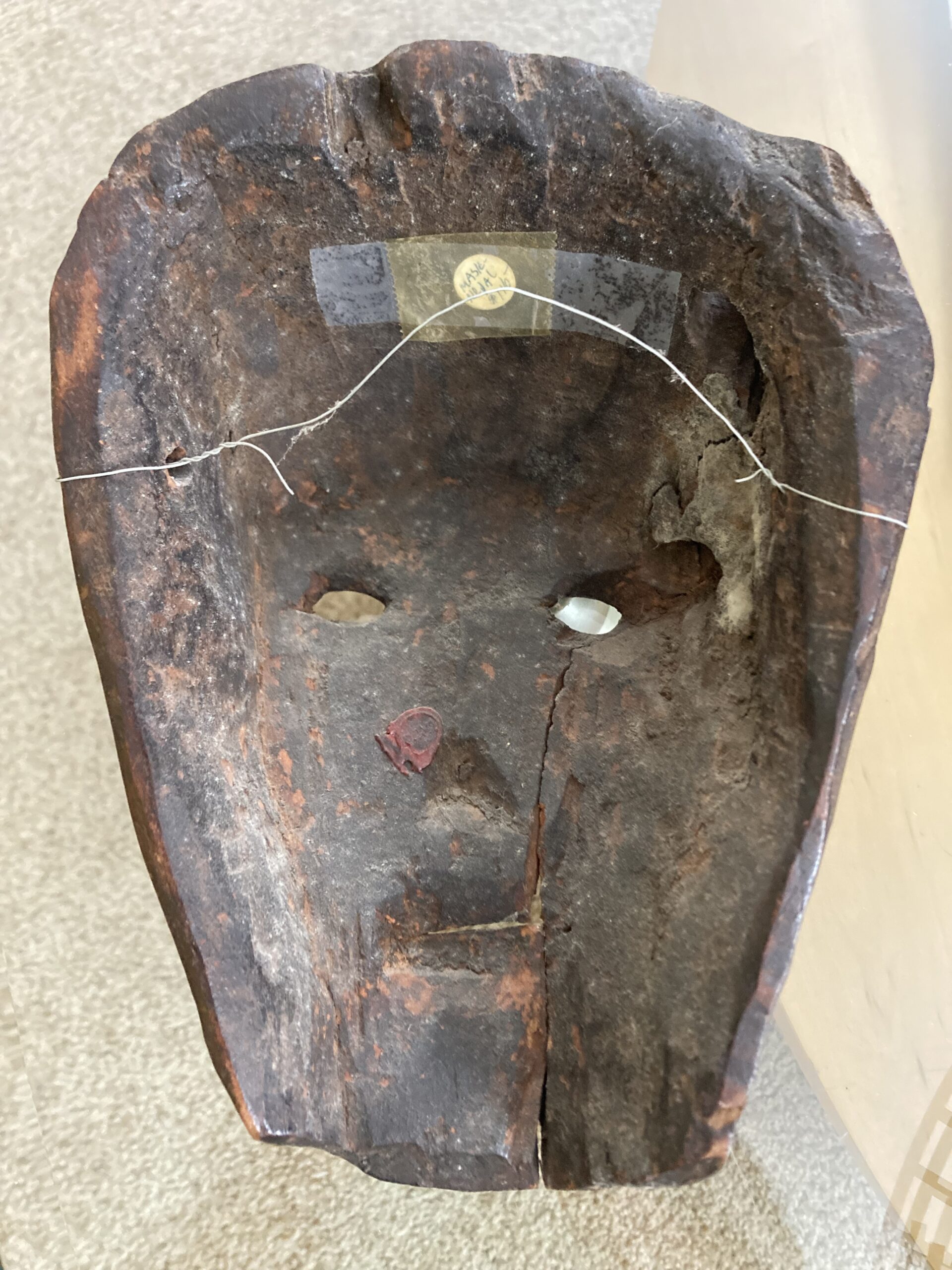 mask’s antiquity or ritual use. In reality, both genuine antique masks and newly crafted pieces created for the tourist market could bear this seal. The presence of the seal confirms only that the mask was legally exported, not that it is an ancient or ritually significant piece.
mask’s antiquity or ritual use. In reality, both genuine antique masks and newly crafted pieces created for the tourist market could bear this seal. The presence of the seal confirms only that the mask was legally exported, not that it is an ancient or ritually significant piece.
Not all wax seals are the same. Some contain Nepali script, official government stamps, or dealer insignias, each with a unique purpose.
Should You Remove the Wax Seal?
If your Nepalese mask has a red wax seal, it is generally advised to leave it intact. Removing the seal can diminish the mask’s historical and cultural value, and in some cases, may even void its legal certification.
